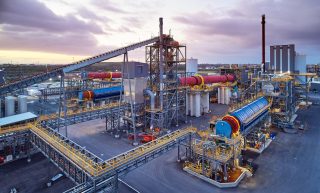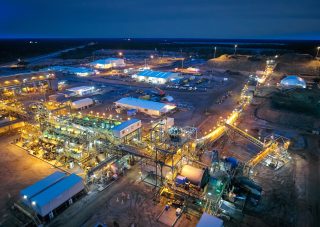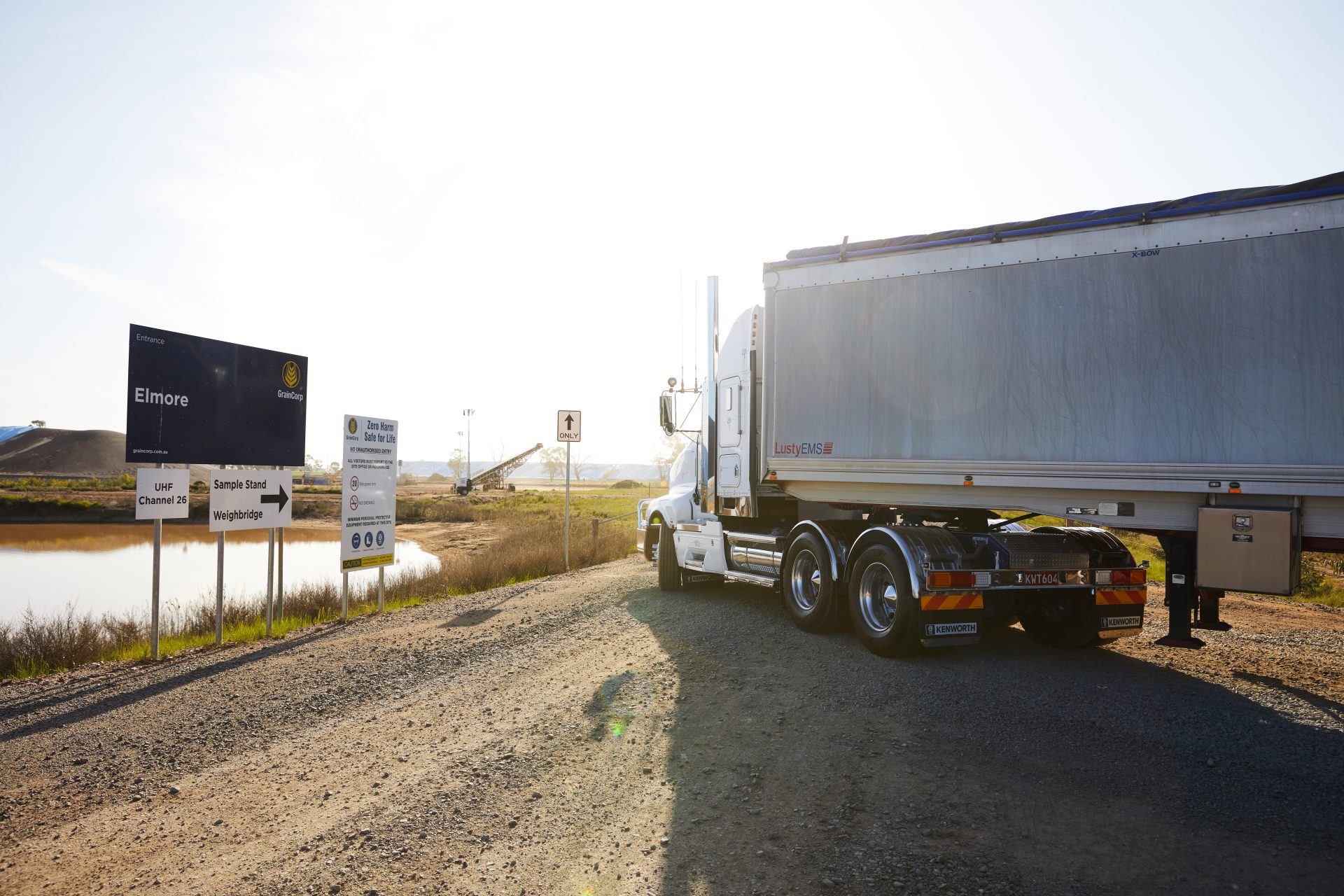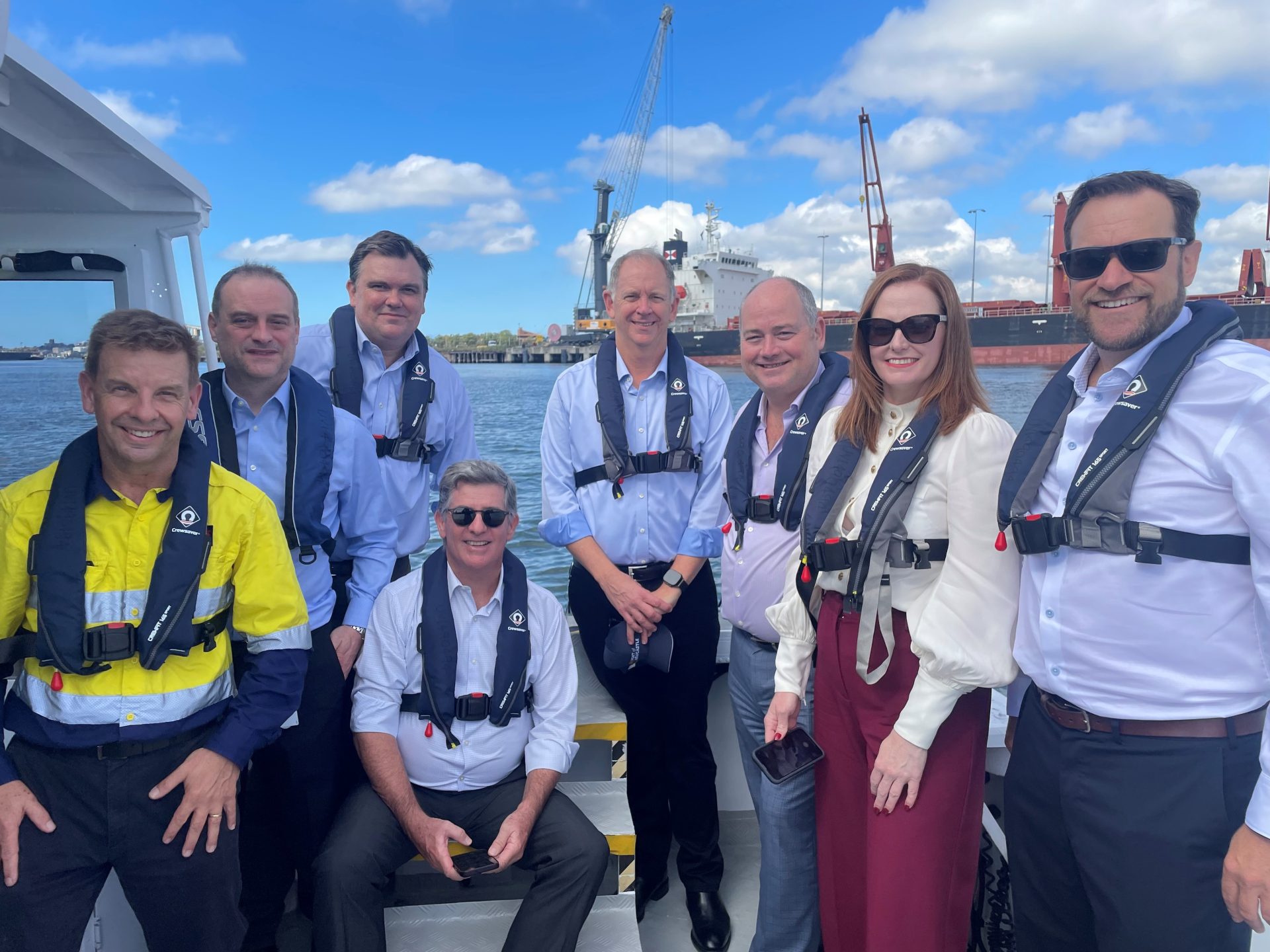Transitioning Australia to a sustainable and low-carbon future requires a whole-of-economy approach powered by the widespread decarbonisation of the energy supply chain.
For IGO Ltd, the lightbulb moment came in 2017. This is when the West Australian diversified miner changed strategy to focus solely on metals critical to clean energy.

As well as operations in nickel, copper and cobalt, IGO has moved into lithium with stakes in the Greenbushes lithium mine and the Kwinana lithium hydroxide refinery joint venture.
These investments support the supply of high-grade materials vital to batteries for electric vehicles and more, while also providing local employment and growth.
“The most exciting part is we are making a difference,” CFO Scott Steinkrug said.
“It’s something that’s part of our DNA: the exploration, discovery and development of those metals that are critical for clean energy.”
“Our customers are also getting more and more focused on where they get their supply from – so provenance is hugely important. Australia has a very well-recognised name for not only having products mined safely, but ethically as well, and that is a big focus for us.”

IGO is also working to transform operations to be carbon neutral by 2035 using a range of measures to lower its footprint year on year.
NAB Corporate and Institutional Banking’s Peter Williams is Director and Sector Head for Metals and Mining. He said IGO’s ongoing innovation and focus made for an exciting business upstream in the overall energy system.
“IGO are at the leading edge of supporting the minerals which support decarbonisation through batteries and storage,” Peter said.
“They are now producing battery grade lithium hydroxide for electric vehicles and the accelerated growth in demand for EVs makes this a very exciting road to be on.”
You can read about IGO and other NAB customers in the ‘All Systems Go’ report by Deloitte Access Economics, commissioned by NAB.
The research, released on 28 July 2022, pinpoints four economic systems that must become low emissions for a successful transition to a net-zero economy by 2050: energy, mobility, raw material manufacturing, and food and land use. Today they represent around 90 per cent of Australia’s emissions.






